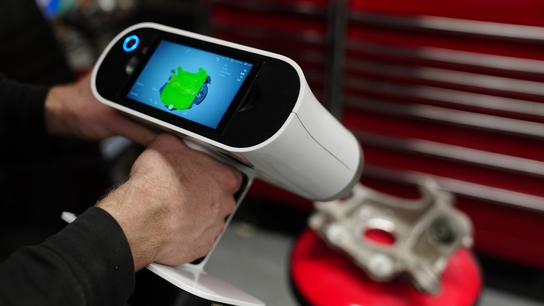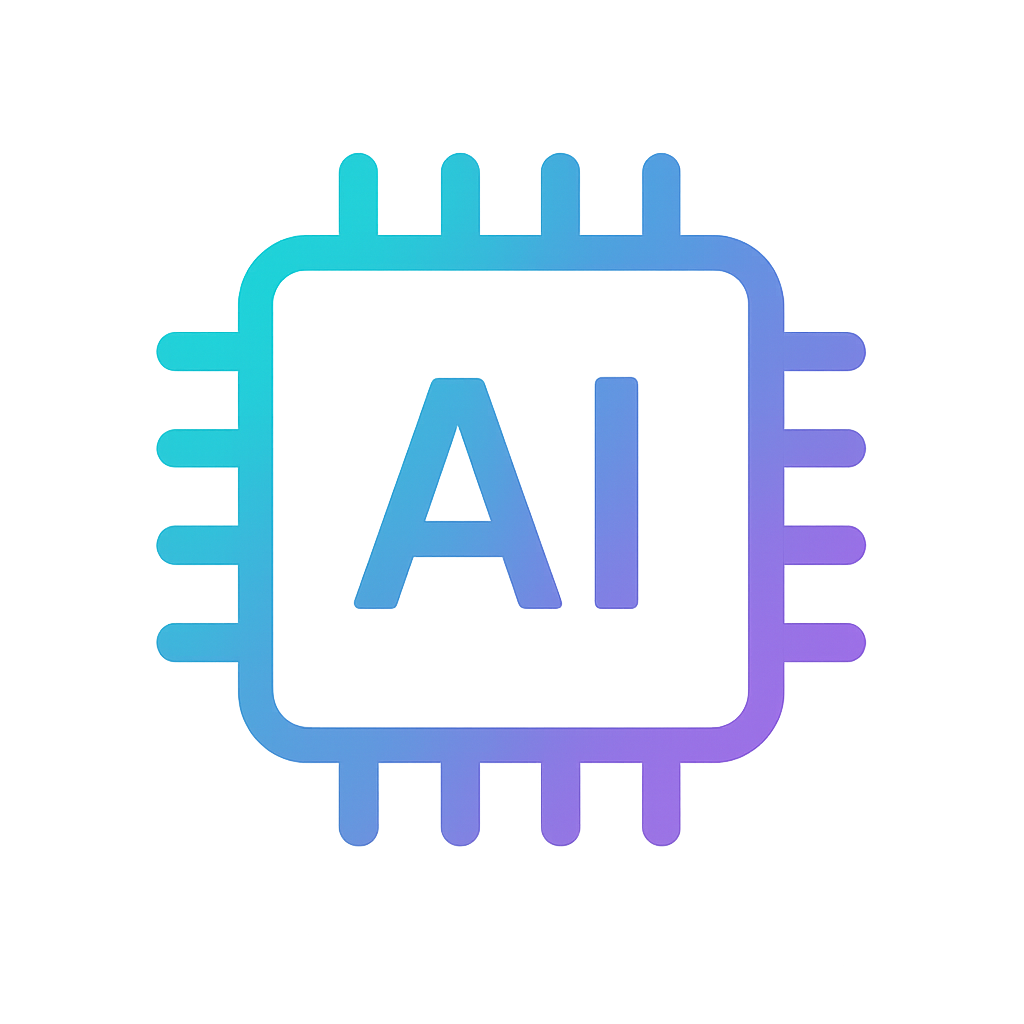Cases
Artec 3D scanning applications in reverse engineering
Reverse engineering is paramount to multiple industries such as manufacturing, automotive, aerospace, and in a wider sense, even areas such as healthcare. It has a broad range of applications, including product improvement and reconstruction, design augmentation and many others. The world today would not be the same without it.
Effortless export of 3D models from Artec’s scanning and post-processing 3D software to a variety of widely used CAD and CAM programs allows users to easily analyse the data and perform further operations for reverse engineering a product or part.

























